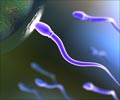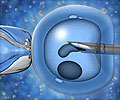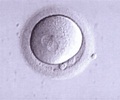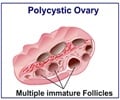The use of polar bodies to produce functional embryos could potentially increase the success rate of in vitro fertilization.
Highlights
- Polar bodies are produced during the maturation of the immature egg and are discarded by the body.
- Researchers introduced the polar bodies formed during the first cell division into oocytes without nuclear material to produce functional embryos.
- The process has the potential to double the number of mature eggs available for in vitro fertilization and thereby improve the success rate of the procedure.
Researchers investigated the use of polar bodies in the treatment of infertility. The research team took out the nucleus which contains the genetic material from a donor oocyte and introduced the first polar body genome obtained from a woman’s developing oocyte.
To find out if the eggs were functional, the researchers went to the extent of fertilizing the newly formed oocytes with sperms. The eggs completed their cell division following the fertilization, which resulted in the formation of viable embryos. However, they did not go beyond this point and allow the embryos to develop into pregnancies.
The research is in its very initial phase, but if it progresses in the right direction, it may be a help to numerous women with infertility. Women who are particularly likely to benefit from this treatment are those who wish to get pregnant at an older age. Older women experience reduced fertility. This process could double the number of eggs produced for in vitro fertilization, and therefore increase the chances of having a baby.
This treatment could also be potentially useful in those women who have serious genetic diseases of the mitochondria that could interfere with the normal development of the baby.
Though it is a step forward in the treatment of fertility, this technique can be put into use only after it has been repeatedly tested and all the implications of the process have been understood.
- Ma H et al. Functional Human Oocytes Generated by Transfer of Polar Body Genomes. DOI: - (http://dx.doi.org/10.1016/j.stem.2016.10.001)














